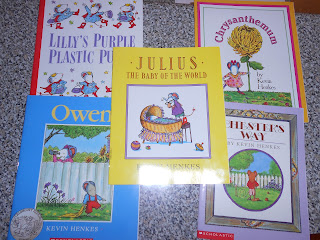1. How many hours did you complete? 5 hours, 40 minutes.
2. In a short paragraph or bulleted list, how did you spend your time?
2. In a short paragraph or bulleted list, how did you spend your time?
I spent my time during each of these observations observing a special educator teach a remedial reading program called System 44. For 4 days I tried to stay for the full 90 minute lesson where students start with a warm-up lesson followed by three stations. One is a computer phonics program, one is a small group for guided reading and the last is an independent reading station. I noticed the high level of encouragement and praise during the sessions. I myself as a special education collaborative teacher feel that building the student’s confidence and motivation is half the battle when it comes to teaching struggling students to read. After each lesson I would spend a few minutes asking general questions about how the program works, I had heard of System 44 but didn’t know anything about it. I could see students making progress in just the four days I observed.
3. How did the experience help you to strengthen at least one Kentucky Teacher Standard? (be sure to name the standard)
5.5 Communicates learning results to students and parents.
Since I teach kindergarten and first grade I have always struggled with communicating learning results to students. It’s easy to communicate with the parents but I always felt that the students wouldn’t understand if I was trying to explain their results and how meaningful is it for me to give them some kind of grade. I learned that this can be much simpler than I made it out to be. Mrs. Vercheak used a bulletin board to show students’ progress, every time they completed a level on the computer program they wrote their name on a star and attached it to the bulletin board, I realized this is a way to communicate results in a meaningful way!
4. Talk a little about one thing you learned because of this field experience.
I learned the importance of management and organization when teaching with stations. I have also noticed that no matter what it is the student is doing, if it is on a computer it’s just more interesting to certain groups of students, this reading program taught basic phonics skills in a fairly basic way and the students couldn’t wait for their turns on the computer.













